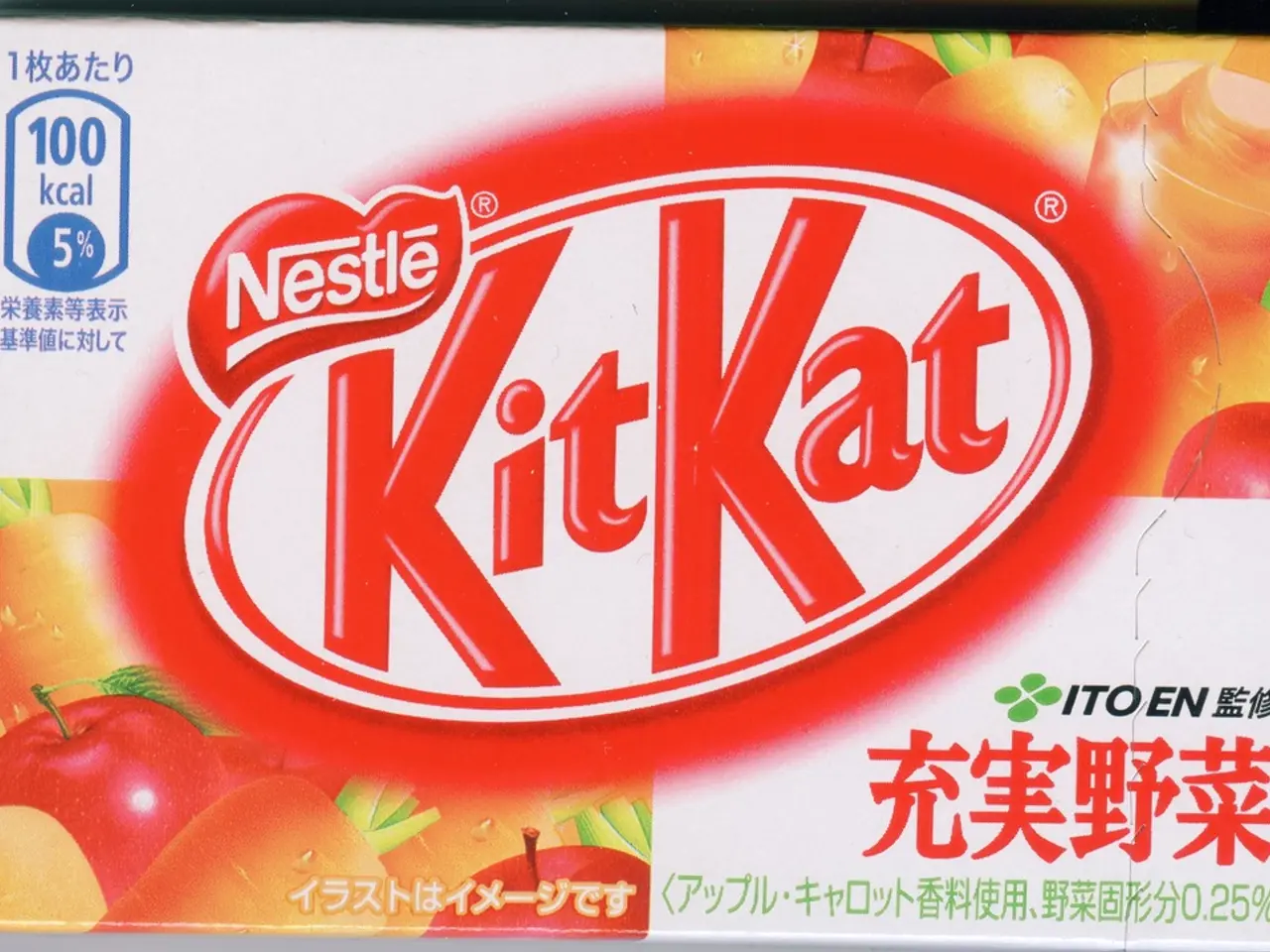Risks associated with self-prepared Kombucha brews
In the world of fermented drinks, kombucha has gained a significant following due to its unique taste and health benefits. However, like any homemade food or drink, it's essential to ensure that the kombucha is safe for consumption. Here's a guide to help you brew kombucha safely at home.
The kombucha scoby, an ecosystem of bacteria and yeast, is the heart of the fermentation process. Its vitality ensures successful fermentation, and it produces organic acids that defend the kombucha from contaminants. The proportions of water, sugar, tea, and scoby in the recipe are also crucial. The scoby should always represent at least 10% of the total volume to ensure acidity.
However, incidents related to homemade kombucha poisoning are rare. These incidents are usually due to unsanitary fermentation environments or the use of antique jars contaminated with lead. By following proper hygiene and sanitation practices and using appropriate equipment, both incidents can be easily avoided.
Starting with a reputable scoby and starter liquid is essential. Buy your scoby and starter liquid from a trusted source, ensuring the starter liquid has a pH no higher than 4.0 to maintain safe acidity levels. Thoroughly wash your hands and all kitchen tools and surfaces with warm soapy water, then sanitize them by immersing in water at least 160°F (71°C) for 30 seconds.
Maintaining cleanliness is key to the success of homemade kombucha. Consistent sanitation prevents unwanted germs from contaminating your brew. Use warm water between 160°F and 170°F (71-76°C) to make your tea base, ensuring proper extraction and minimizing harmful microorganisms.
Monitor acidity is also essential; maintaining proper acidity is essential; avoid diluting kombucha with fruit juices or other additives that raise pH and reduce safety. If you notice any mold growing on your scoby or in the kombucha, discard the entire batch immediately, as it is unsafe to consume.
Like any food, kombucha may contain a small amount of alcohol, which can be dangerous for children and pregnant women. Consult a health professional if you have any questions. Store plain homemade kombucha in the refrigerator and consume within 30 days; if mixed with fruits or flavorings, consume within two days.
For more information on obtaining a kombucha scoby and choosing the right equipment for making kombucha, see our articles "Where to Find a Kombucha Scoby" and "What Equipment to Choose for Making Kombucha".
The Canadian Food Inspection Association has declared kombucha to be safe and that it meets their inspection criteria. By following these key practices, you can avoid potential contaminants and ensure the safety of homemade kombucha. With these guidelines, you can enjoy the benefits of this unique drink with confidence.
- The kombucha scoby, a symbiotic colony of bacteria and yeast, serves as the core of the fermentation process, maintaining its vitality to foster successful fermentation and generate organic acids that protect the kombucha from contaminants.
- To ensure the safety of homemade kombucha, it's crucial to start with a trustworthy scoby and starter liquid, to sanitize hands, tools, and surfaces, and to use warm water for the tea base to prevent contamination from unwanted germs.
- Proper monitoring of acidity in the kombucha is essential, as maintaining safe acidity levels discourages the growth of harmful microorganisms or mold, ensuring the overall safety of the brew.
- Since kombucha may contain a minimal amount of alcohol, which can potentially pose risks for children and pregnant women, it's advised to consult a health professional for any concerns or questions.




